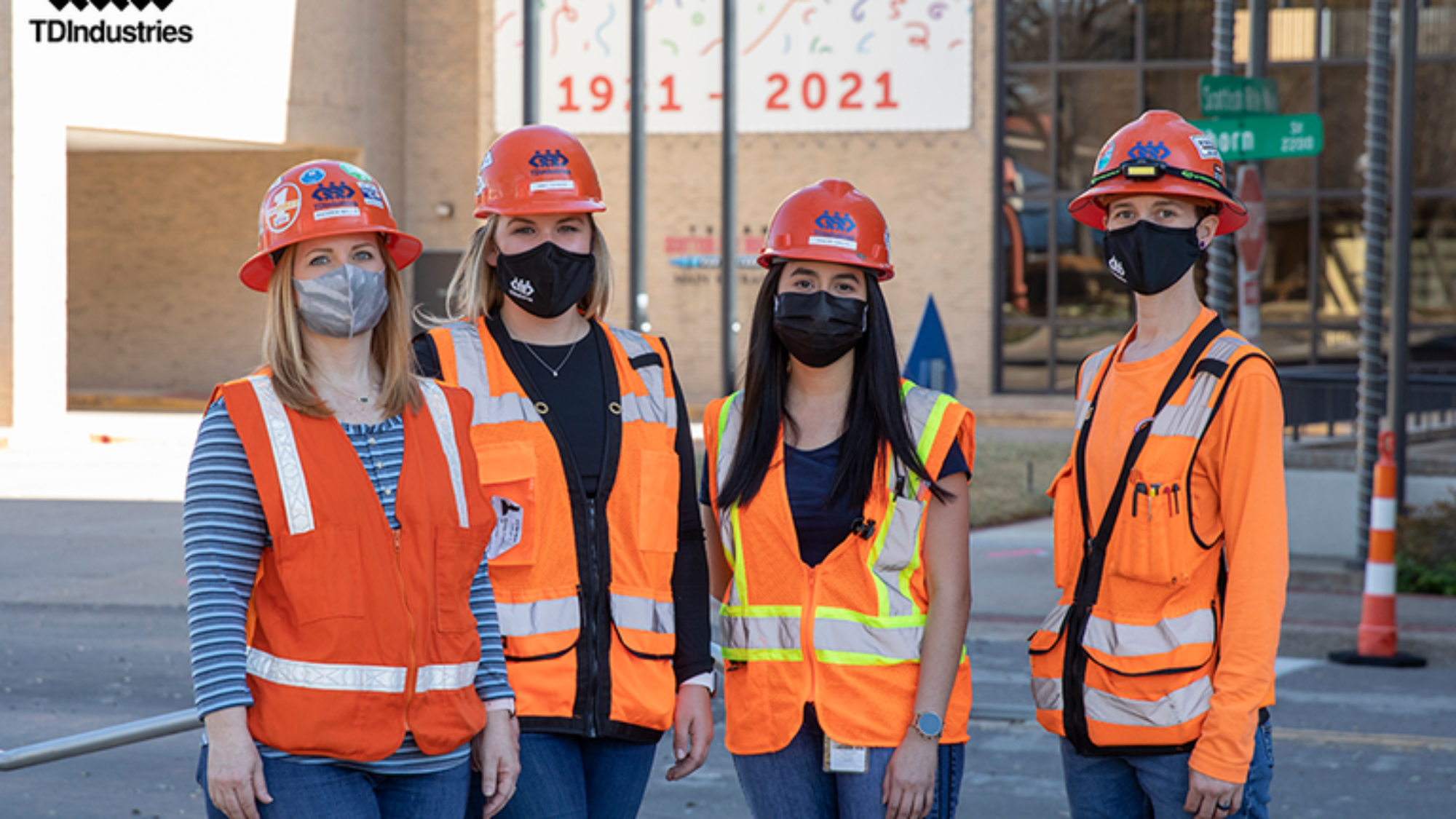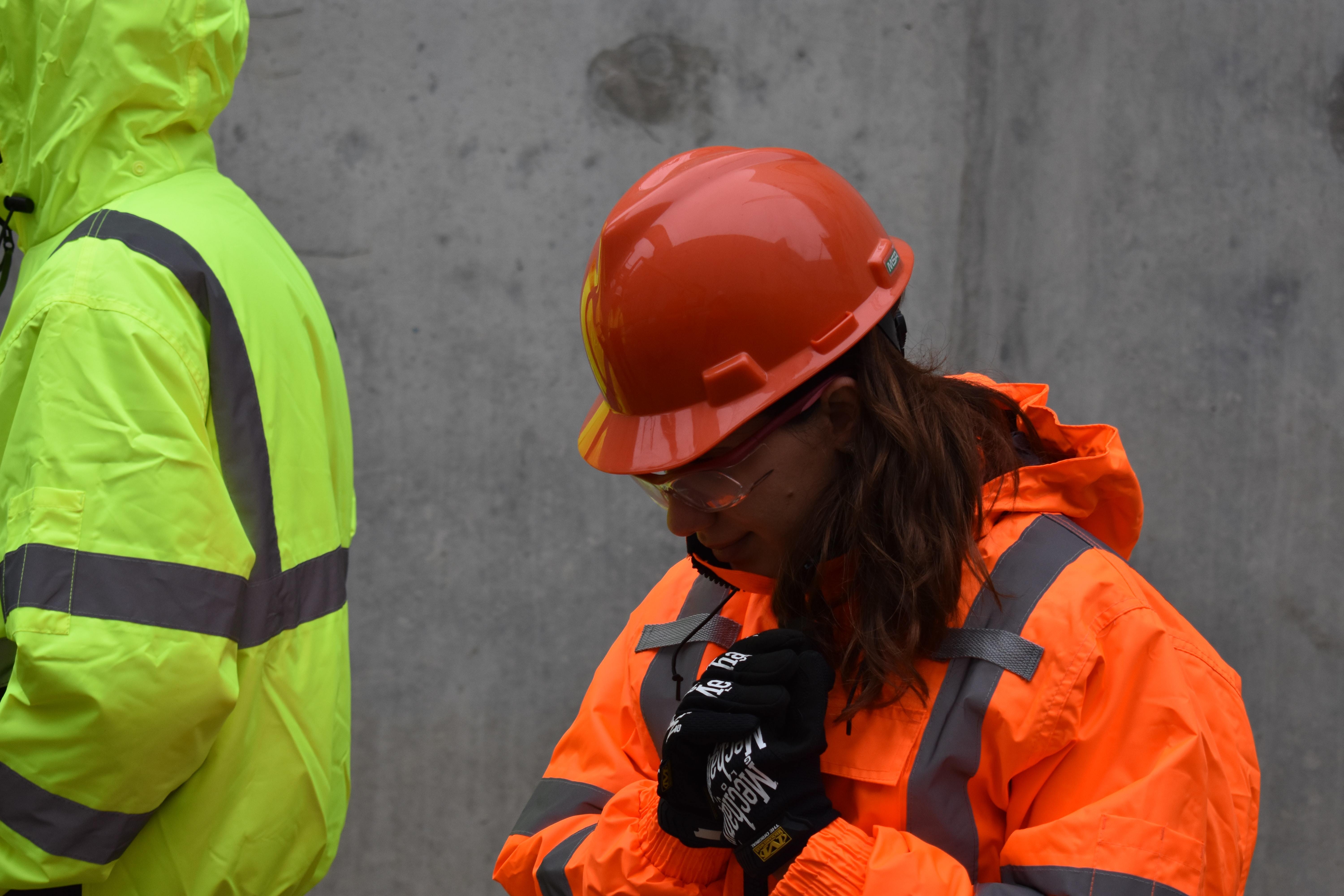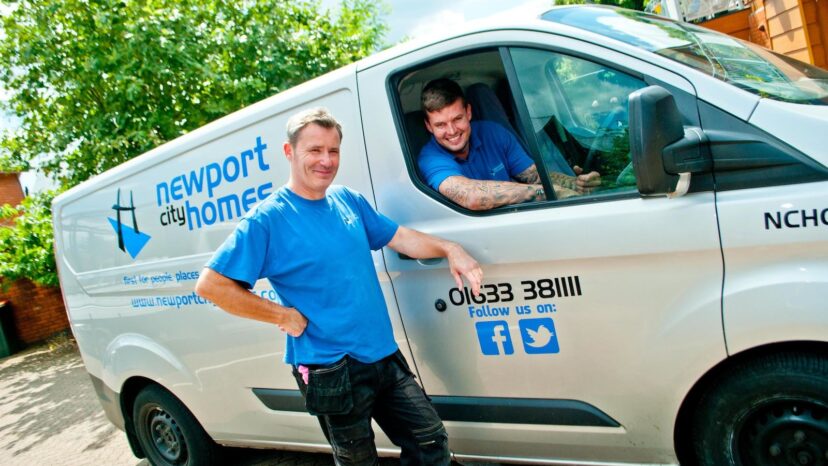How can we encourage more women into the sector?
It isn’t a case of women just ‘not going for the jobs’ - more work needs to be done to create inclusive workspaces that they want to be a part of, and in which they will be treated in an equal way to their male colleagues.
- A more inclusive atmosphere.
Be honest and ask yourself what kind of culture would a female colleague be stepping into if they joined your workforce. If the answer is anything but 'welcoming and supportive", then this is the first place to start.
‘Lad culture’ can be rife in the housing industry, as can gender stereotypes. Across the board, this must be addressed if we want any hope of building a more equal society. Consider how you can not only make this a reality but also show prospective employees that yours would be a positive environment for them to be a part of.
Fundamentally, the gender pay gap needs to be broken down if we want more women to step into the sector. A report discovered that over half of the UK’s largest housing associations have seen the gender pay gap grow in recent years. We cannot expect women to enter an industry where the pay gap is only growing: it’s as simple as that.
- Improve higher-level representation.
We need to get the figures around high-level positions to an equal standing when it comes to male and female representation.
This is something the industry can - and should - be at the forefront of. With the majority of industries lacking when it comes to senior female representation, to be one of the sectors driving the change and taking the steps to equal out the footing, you can expect more and more women to want to be associated with and represented by the industry.
- Teach school children about the opportunities within the industry for all genders.
While you cannot impact the curriculum, there are workshops, presentations and assemblies that housing associations could create aimed at girls and how they could find a home in the industry. Gender stereotypes - and what is deemed a job for women and a job for men - have moved a good deal, but they still remain in many communities, families and settings. However, if we are able to connect with girls during their formative years and show them that there is another option when it comes to their career, we could find ourselves in a far more inclusive future. This should include greater awareness of “non-traditional” professions such as building surveying, the opportunity to speak to those in the industry, more work experience placements and better promotion and marketing.
- Integrate gender inclusivity into your recruitment strategy and targets.
The simplest answer is to make sure you have integrated gender equality within your recruitment goals and strategy. Do you have a 50/50 quota for female and male representation? Do you use females in your marketing collateral? Do you have women on the recruitment panel? Are you writing your advertisements in a way that speaks to both genders?
These - and many other - questions will help you craft an approach that reaches out to women just as much (if not, more) than men.




